Table of Contents[Hide][Show]
Formaldehyde is one of the most common toxic substances found in indoor air.
No longer limited to mortuaries and medical laboratories (where it is used as a preservative), formaldehyde is now in many personal care products, furniture, and building supplies.
Formaldehyde is listed as a probable human carcinogen (cancer-causing agent) by the U.S. Environmental Protection Agency.
In 2011, the National Toxicology Program named formaldehyde as a known human carcinogen in their 12th Report on Carcinogens.
Since we spend so much time inside, it is important for us to learn how to reduce or eliminate this dangerous chemical from our homes.
What is Formaldehyde and Why Should I Care?
Formaldehyde is a toxic gas that is used to manufacture a myriad of products. One of the most bothersome aspects of formaldehyde is that it “off-gases” into the air, which means we inhale it. Overexposure to formaldehyde can lead to many health issues, including cancer.
According to the United States Environmental Protection Agency:
“Formaldehyde a colorless, pungent-smelling gas, can cause watery eyes, burning sensations in the eyes and throat, nausea, and difficulty in breathing in some humans exposed at elevated levels (above 0.1 parts per million). High concentrations may trigger attacks in people with asthma. There is evidence that some people can develop a sensitivity to formaldehyde. It has also been shown to cause cancer in animals and may cause cancer in humans. Health effects include eye, nose, and throat irritation; wheezing and coughing; fatigue; skin rash; severe allergic reactions. May cause cancer.”
This short video succinctly explains the danger formaldehyde and what to do about it.
Some common products that may contain formaldehyde:
- Pressed wood products such as furniture and building supplies like particle board, paneling, and fiberboard.
- Hair care products, especially hair smoothing products
- Plastic grocery bags
- Cosmetics and skin creams that contain quarternarium-15 (a preservative)
- Nail polish
- Paint
- Permanent-press fabrics/clothing and curtains
- Foam insulation (especially urea-formaldehyde foam insulation)
- Unventilated Gas stoves and kerosene space heaters (it is a natural by-product of combustion)
- Cigarette smoke
- Cleaning products including deodorizers, furniture polish, and laundry stain removers
- Glue and adhesives
How Do I Know if There is Formaldehyde in My home?
Since formaldehyde is in so many products, it’s a fairly safe bet that this gas is present in your home, especially if you have a lot of pressed wood furniture.
If you wish to determine exactly how much is in your home, test the indoor air quality. There are many test kits available online which involve sending a sample to a laboratory for testing.
How to Avoid and Reduce Formaldehyde in Your Home
1. Choose furniture carefully (and buy real wood whenever possible)
If you need to buy pressed wood products, chose exterior grade furniture or building supplies. Exterior grade pressed wood products are made with phenol resins instead of urea-formaldehyde resins. Phenol resins emit significantly less formaldehyde.
The safest choice is to buy real, solid wood furniture.
Buying real wood furniture can be much more expensive, I know, but do rest in the fact that it is much more durable and will last longer than pressed wood products.
Also note, there are ways to find wood furniture for less: look at garage sales and thrift stores, learn to build simple furniture pieces, or find ways to repurpose real wood pieces you may already have on hand.
One way we got around buying expensive shelves was use wooden crates. We used the weekly 40% off coupon at our local craft store (Michael’s) to buy wooden crates (they are made of pine). We made a huge bookcase unit in my daughter’s bedroom with them. It worked very well.
I stumbled across this idea on Pinterest, of course.
2. Open the windows regularly to let fresh air in and old air out
Airing the house is a good practice. Many toxic substances can build up, opening the windows gives them a good opportunity to exit.
I suggest airing out the house as often as possible. If the weather is cool, air out one room at a time by opening the window and closing the door.
3. Keep indoor temperature low
Formaldehyde emissions increase as temperature and humidity increase. Keeping your home on the cool side will help prevent formaldehyde “off-gasing” from furniture and other household products.
4. Switch to natural cleaners or make your own
Making your own cleaners you will save money and give you the freedom to let the kids clean without worrying about exposing them to harmful chemicals.
If you do have any type of commercial cleaners, store them in a well-ventilated area that is away from your main living space, such as the garage.
Find lots of DIY cleaners in my Green Cleaning Guide.
If you’d like to buy wonderful non-toxic cleaning concentrates, I highly recommend Branch Basics.
5. Get Plants. Lots and lots of plants.
Plants are excellent air purifiers and should not be overlooked. In fact, plants are one of the most effective ways to remove harmful chemicals from indoor air.
Ferns are thought to remove formaldehyde most effectively. Chrysanthemums are also very good.
Other plants that are great air cleaners include: spider plants, tulips, philodendrons, palms, and ivy.
For more details on how to use plants to clean the air see this post: Using Plants to Clean the Air in Your Home
6. Install an Air purifier
This step may not be necessary, especially if you have older furniture and lots of plants. However, if I were moving into a brand new home, I might consider this option.
Not all air purifiers remove formaldehyde. Here is a listing of air purifiers that remove formaldehyde.
Other tips:
- Wash new clothing, fabrics, and curtains before use
- Avoid permanent-press clothing
- Use natural hair care, skin care, and cosmetic products
- Make sure stoves and heaters are well-vented
Further Reading:
An Introduction to Indoor Air Quality

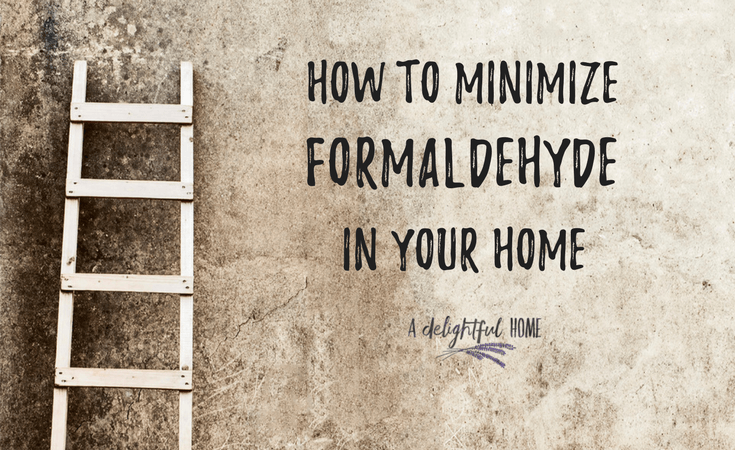
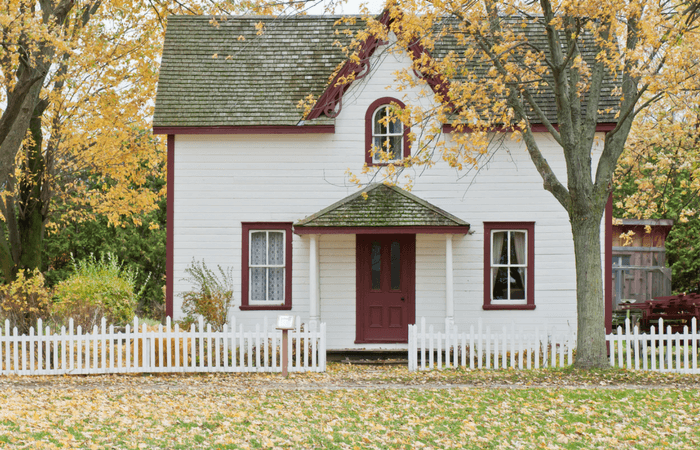
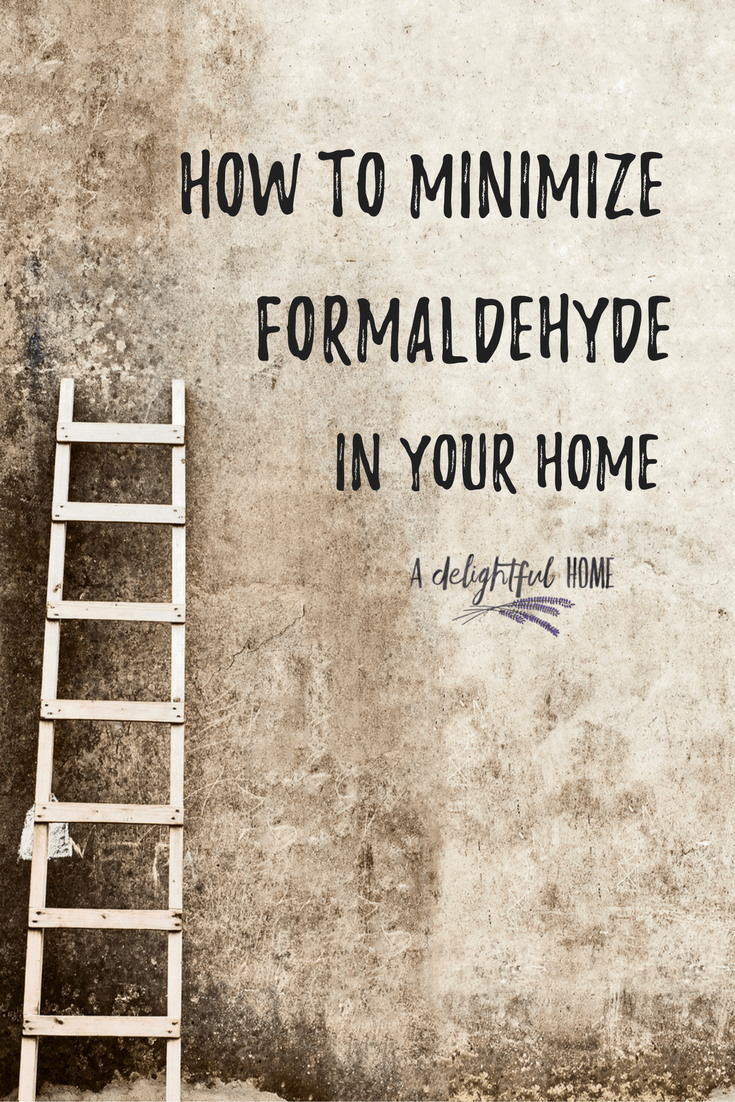


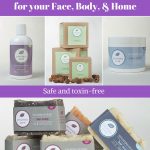


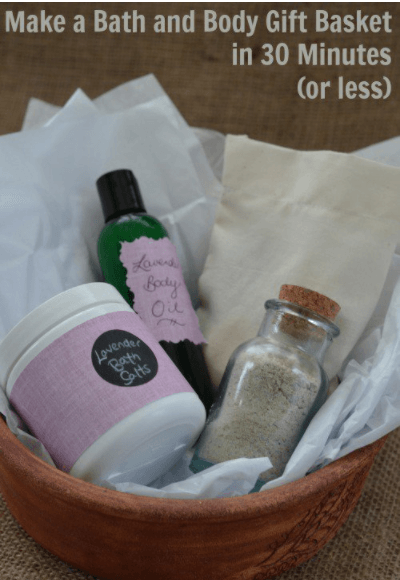 How to Make a Bath & Body Gift Basket in 30 Minutes or Less
How to Make a Bath & Body Gift Basket in 30 Minutes or Less →
→
Leave a Reply